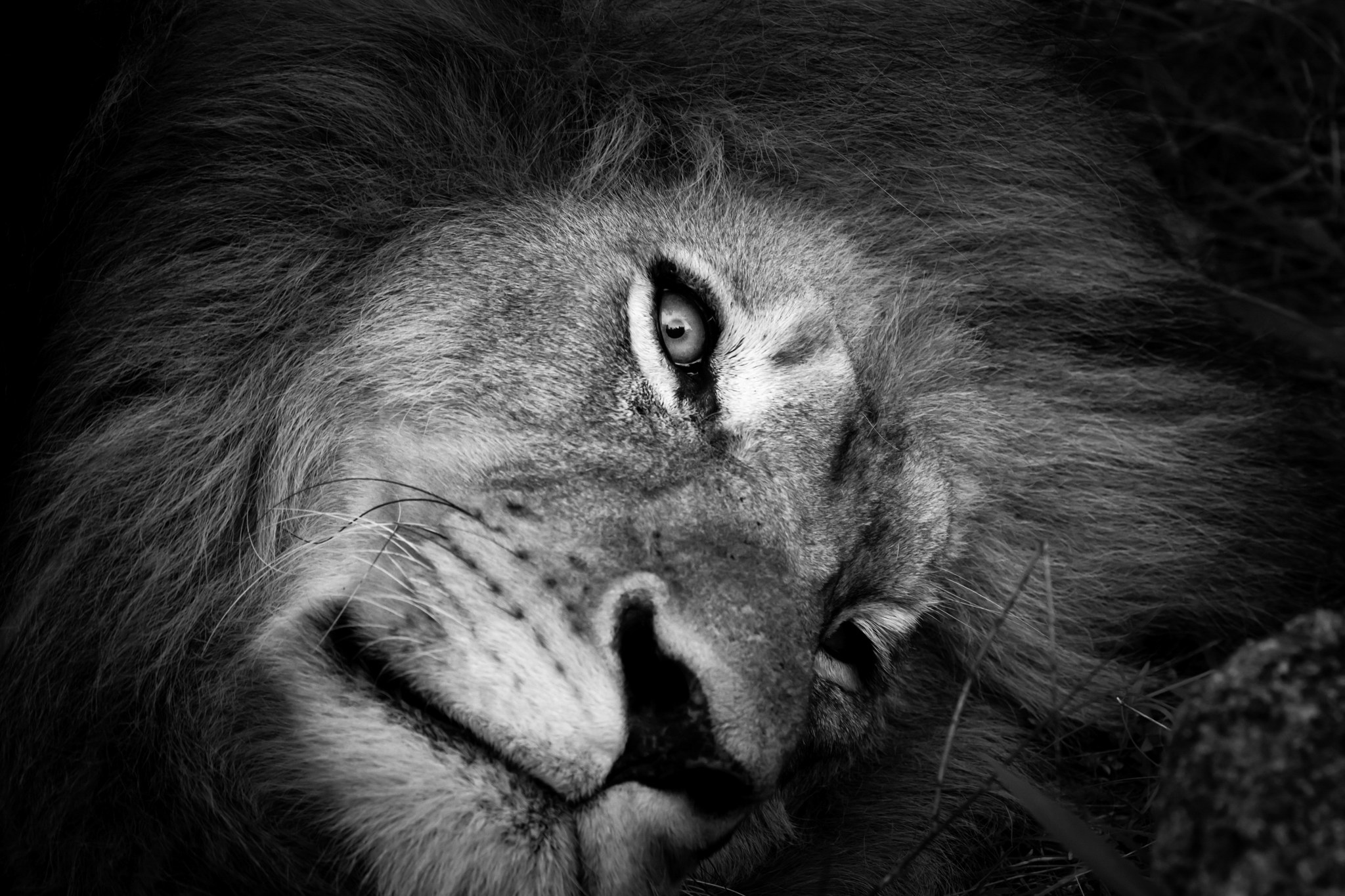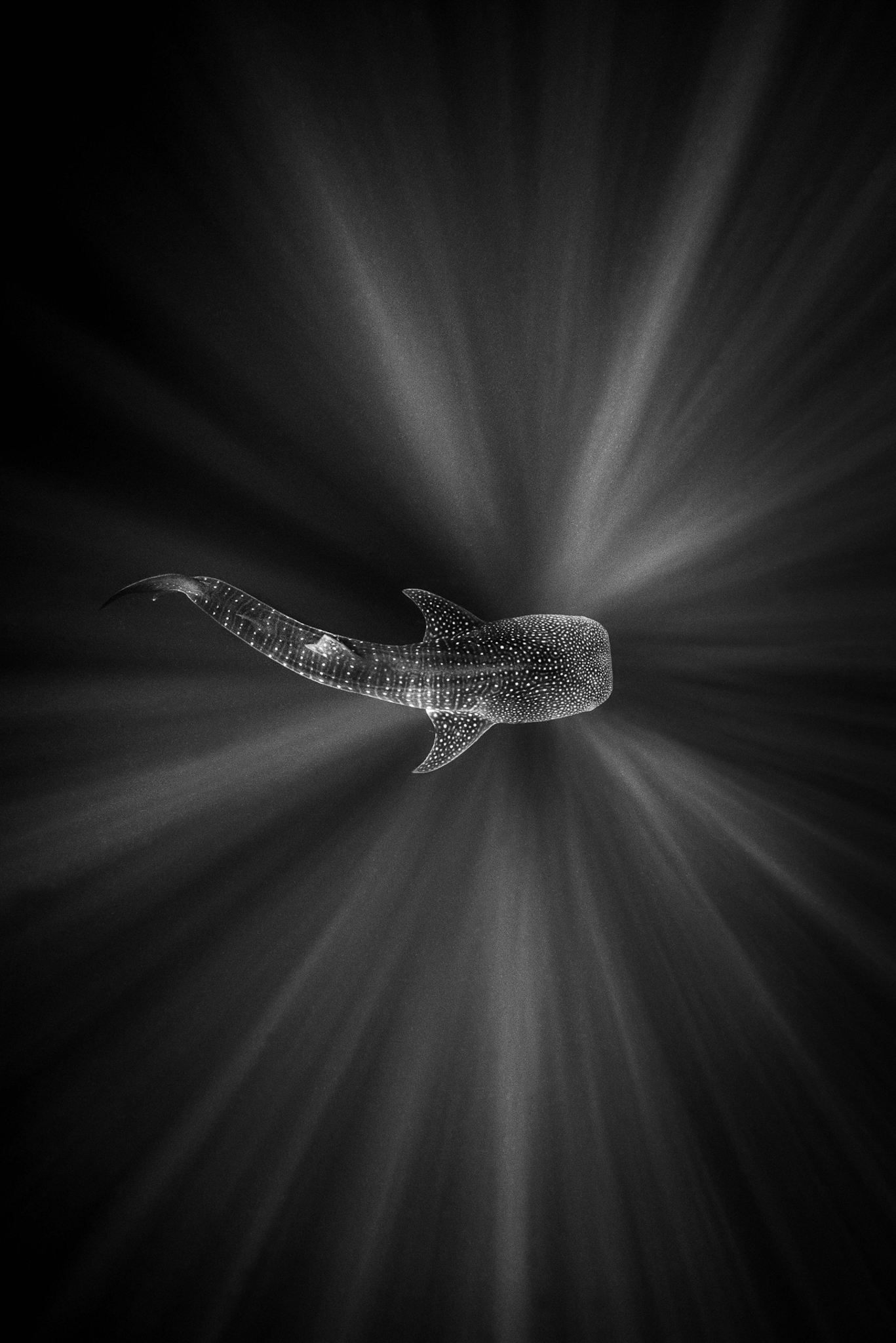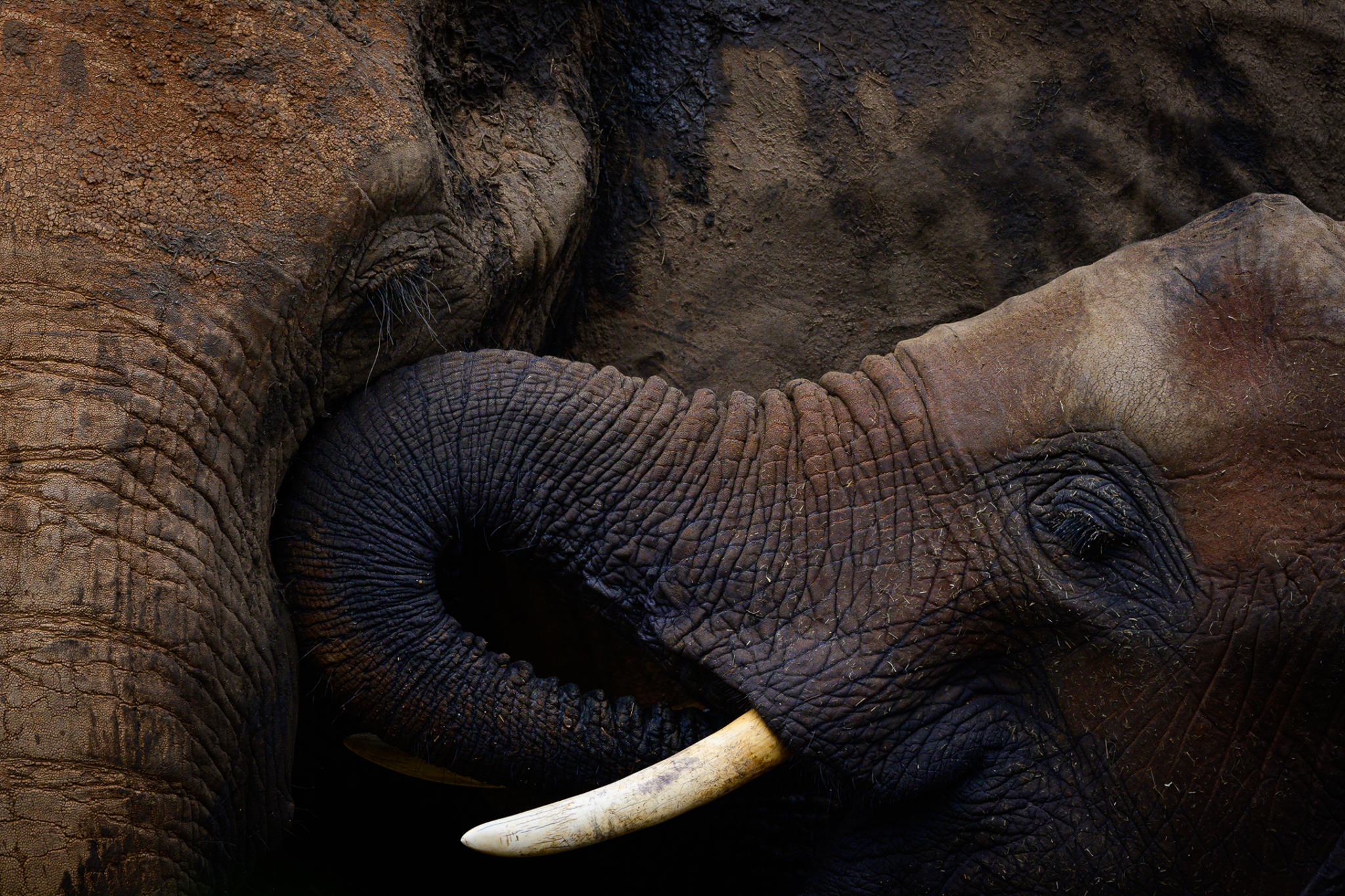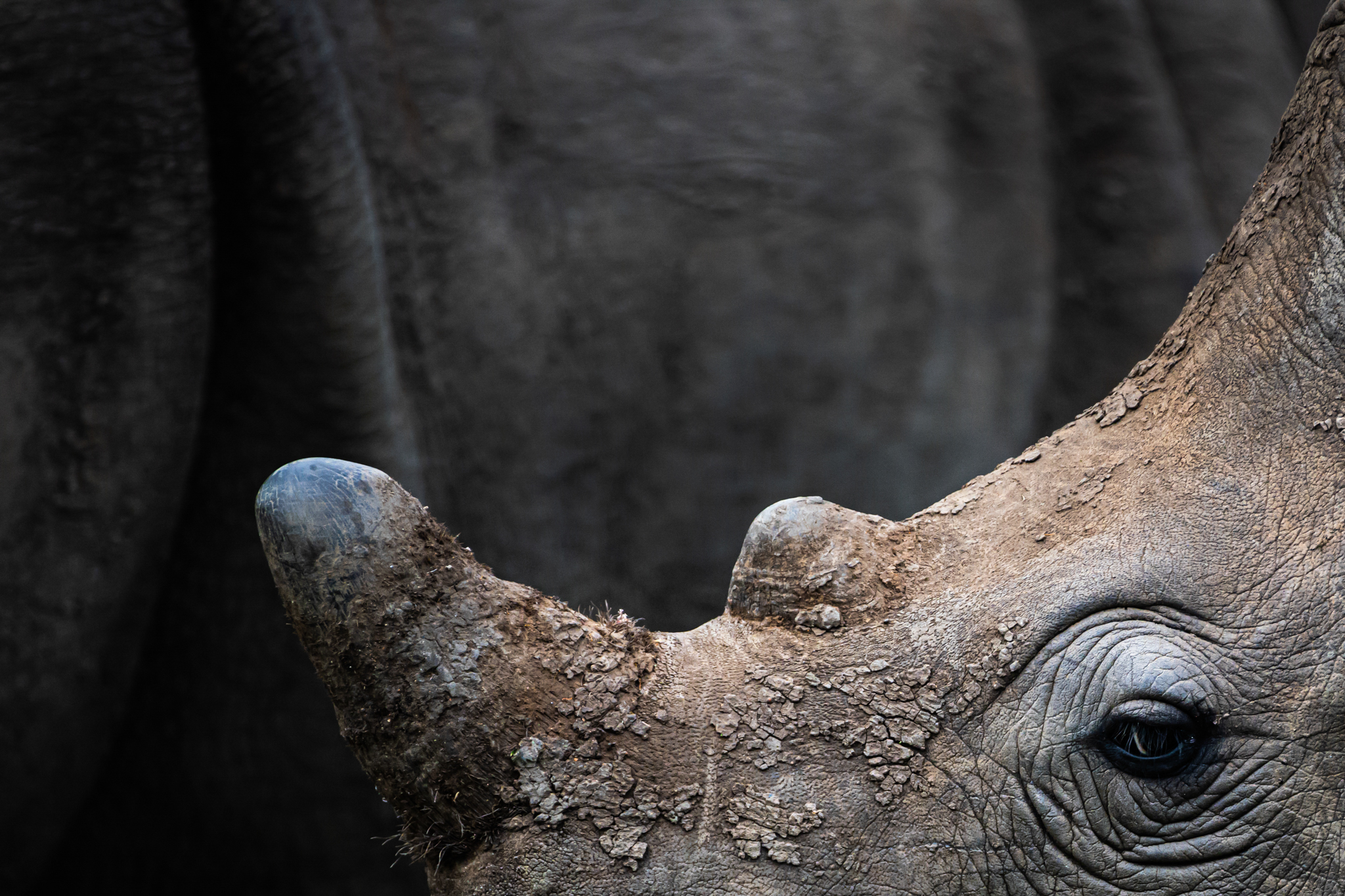The last place Kristi Odom expected to be was in a crowd.
Shy by nature, she studied electrical and computer engineering at Georgia Tech, but a loss in her family led to unusual environments (for her): football games and concerts. And during those moments, she found what she’d do for the rest of her life.
“I’ve always been close to my family, very close to my grandfather. And when he passed away, he left me his camera gear. I started taking photos to feel close to him and to remember him,” Odom says. “And I realized that even in being quiet, I could have a loud voice that went far. And photography brought me out of my shell. It made me less introverted and it put me in the middle of everything and made me realize that I had a voice that I could share.”
But it was nature photography that really hooked her. Odom went on dive trips with her father, where she used cameras to capture sharks, schools of fish and other underwater creatures.
Photography has taken her all over the world – to six of the seven continents, from Western Australia to Sumatra to the Galapagos. It’s even brought her face to face with the wildlife she so loves to capture on camera – sometimes, too close, as when a bear charged her in Alaska.
One of her favorite places is Indonesia, where she had a close encounter – in a good way – with whale sharks.
“I was swimming alone with five or six of them at a time for hours. And it was just unbelievable,” she says. “It was really wonderful though, because I got this one shot. With my background in mathematics, I’ve always been really drawn to pattern and light. I noticed that light was defracting around my body. And I could control these lines and I wanted the lines to meet the spots of the whale sharks. And I got this one shot where everything lined up and I looked at it in my accommodation that night and I just started crying. I was like, ‘Yes, this is it.’”
That photo ended up winning a Nature’s Best Photography award and the Smithsonian exhibited it for a year starting October 2017.
“Here I am, this shy, introverted person that all of a sudden had an image that’s seen in a museum that has almost 10 million visitors a year,” Odom says.
Now the introvert goes to conferences and speaks in front of thousands. She leads conservation-focused workshops. (This year, those will be in Bolivia, Kenya and New Zealand). Besides the Smithsonian, she’s had an image up in Times Square, on display at conferences like CES and Photoplus, and in various publications including Forbes, Outside magazine, People.com, Rollingstone.com, ABC news and Nikon.com. She’s also received more than 60 international photography awards, including two Nature’s Best Photography awards, 26 Fearless Photography Awards and over 30 awards from Wedding and Portrait Photographers International, earning the title of Master of WPPI.
And now she’s expanded her skillset by opening a new branch of her company, thanks to faster processors and graphics cards in laptops.
“I’ve just started doing video work over the last year and a half, and that’s because of the technology that’s now available. Currently my workstation is the ASUS ZenBook Pro Duo, and this laptop opens up so many possibilities,” she says. “I don’t need a big desktop to do my video editing. I can do it on the road, and I can have my timeline down at the bottom and yet have all this space to see the quality of my video. I can edit it and I don’t have to toggle back and forth between screens. Having a bigger area to be able to look at my photos and look at my videos and have everything else on this second monitor, it’s a game changer for creators on the road.”
Kristi Odom photography
Some of Kristi Odom’s photography, taken in South Africa, Borneo and Alaska.



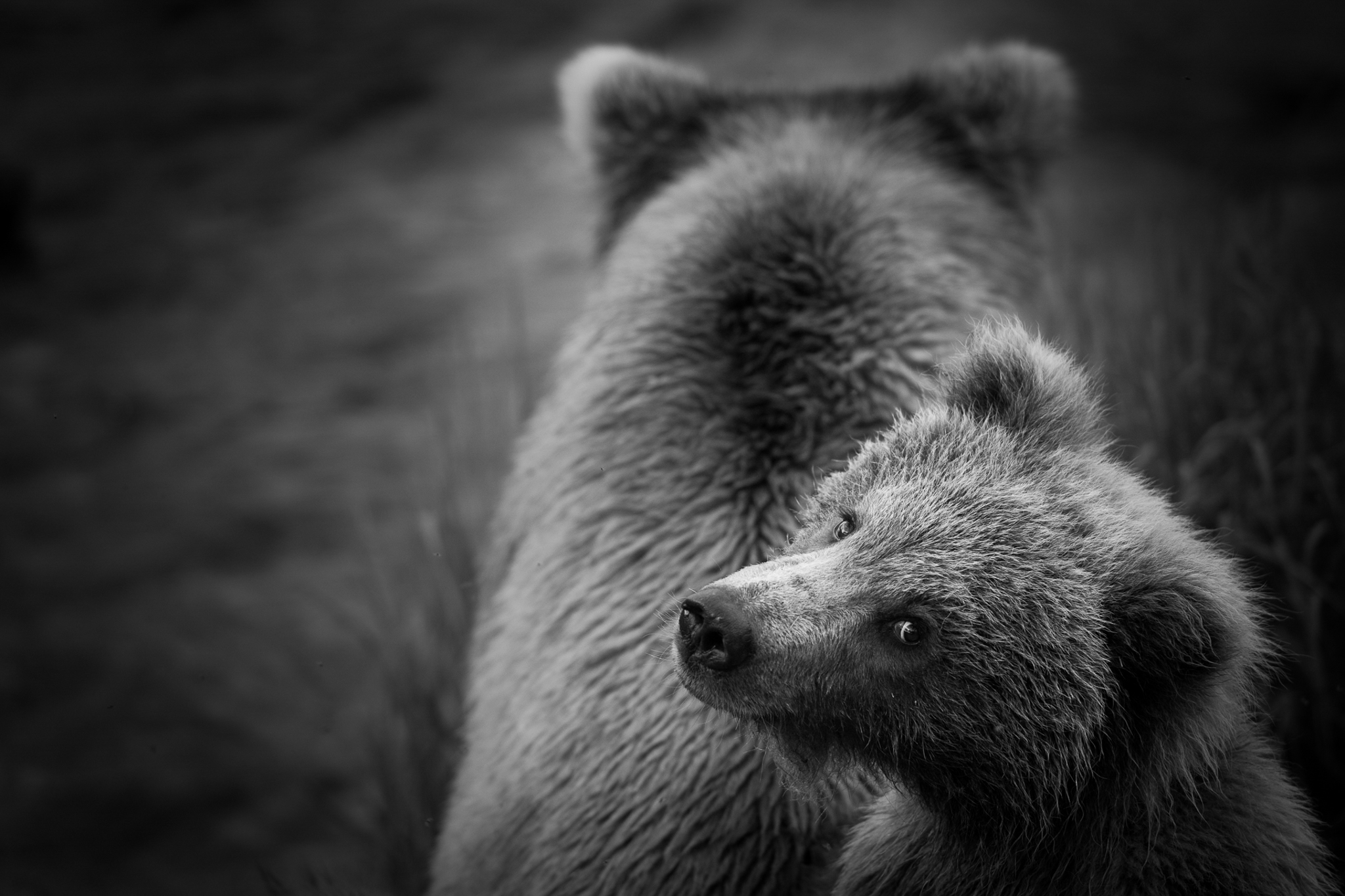
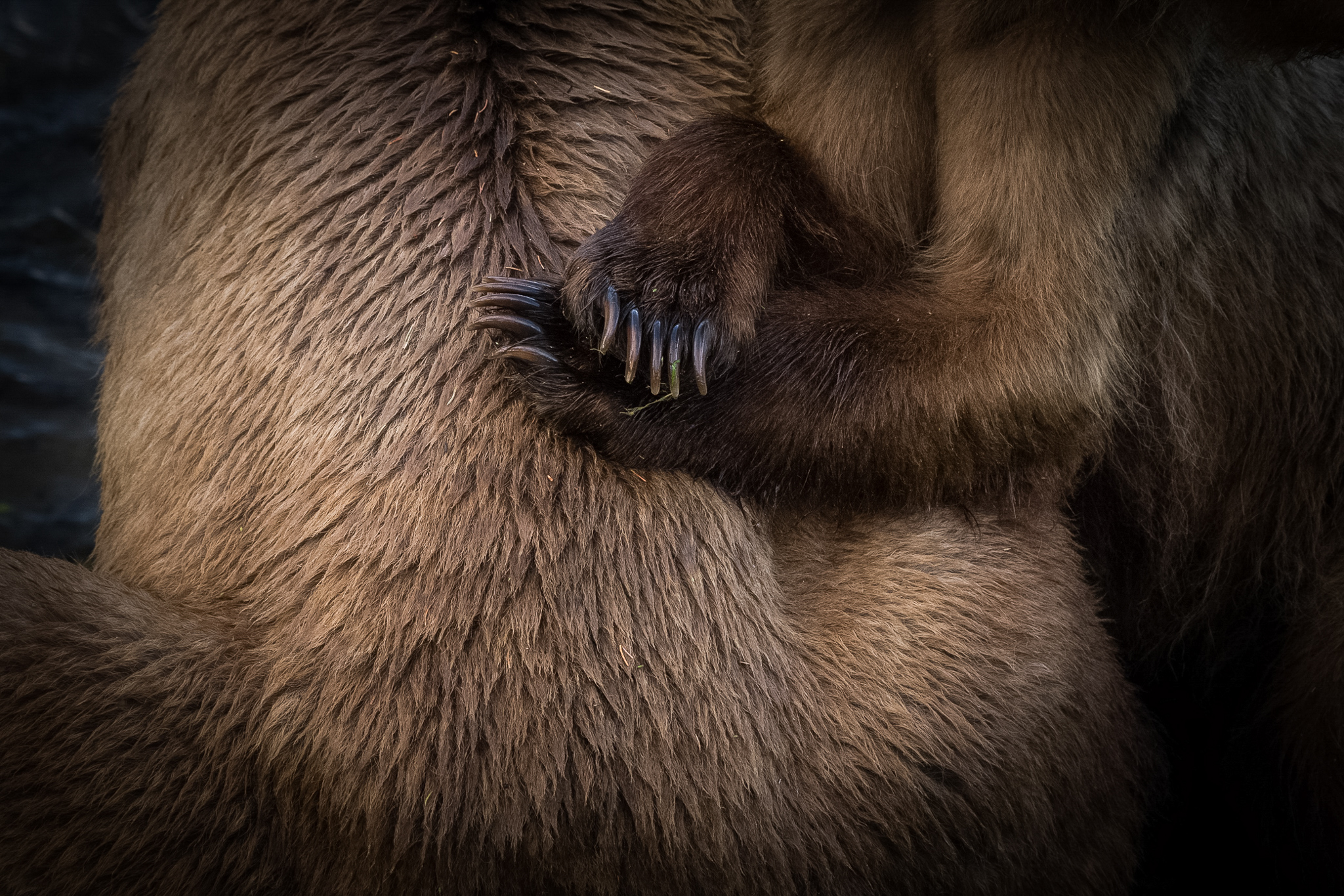
For Odom, the second 4K monitor housed just above the keyboard makes video editing on the road “extremely accessible and doable.”
“Being able to edit on an airplane or in a tent, and to be able to put a piece together at the height of the passion of the moment helps me put my emotion into my work,” says Odom. “My main goal in life has always been to connect people emotionally to wildlife, to show people the beauty that there is in animals and the beauty there is in this planet that we have. And hopefully through visuals I can get people to really care more for this planet.”
Speed is vital, as she feels it’s important to share her images with the public on her various social channels as soon as she can.
Odom is also a Nikon ambassador, which gives her a “louder voice and more opportunities” through keynote talks and Nikon livestreaming channels. She also hopes “to inspire others to know the power of photography and to believe in themselves that they can make change.”
Filmmaking plays a big part in that.
“I’ve always loved photography because it lets you grab a fraction of a second and keep it forever. I started playing with slow motion video when Nikon came out with their mirrorless cameras. I loved that slow motion takes time and alters it, not quite holding it still, but letting you see details that your eye would miss: from the pattern in the wings of a flying bee or the texture in an elephant’s trunk as she drinks, time slows down and reveals this indescribable beauty.”
She started putting video shorts on her social media channels, which caught Nikon’s attention. They commissioned her to do a video piece showcasing the slow-motion capabilities of the new mirrorless cameras.
“I never thought I would be a filmmaker, because I always thought it needed a big production – gimbals, jibs, heavy cameras, large monitors and desktop computers. Now you don’t need all those things. I can handhold my camera and shoot 4K or slow motion, then edit on a laptop while in the field. My video work has been shot by just me and edited by me on my ASUS laptop. It is a really exciting time to be a creative and to get into filmmaking.”
Odom recently went to South Africa, where she was able to utilize all the benefits of her new ASUS laptop, including its sharpness, clarity and screen resolution – things that matter especially to photographers. Using all those tools, she documented a family of critically endangered wild rhinos – something she had never seen.
Another plus to the device – its ability to stay cool and operate in extreme temperatures, such as the 100-plus degree conditions in South Africa and in Australia, where she lived for five years.
“I’ve had computers in the past that have overheated whenever I’m trying to work. And there’s not an air-conditioned space that I can go into to cool them off. And so sometimes I’ve had to put my computer away until the temperature’s right when it gets super-hot,” Odom says.
In her recent trip to South Africa, she led a group ranging in age from 8 to senior citizens to have a “life changing experience in nature.” Odom started in Cape Town to photograph endangered penguins and seals. Then she met up with the group for a safari in South African Wildlife parks, ending on Christmas Day in Victoria Falls.
This variety of conditions are worth it for the opportunities they bring her.
“When I’m looking through a camera it’s like the whole world disappears and I just see the subject,” she says. “And I’ve seen things that I just can’t even describe because of how beautiful they are. But one thing that we saw (recently in South Africa) that just totally blew me away was a 3-year-old rhino. And to see youth and to see a young rhino amongst a family, I was in tears: new life in a species that’s disappearing. This planet has this, and it’s beautiful and it’s worth loving and it’s worth caring about.”
Follow Odom on Instagram and Facebook.
Lead photo: Sleeping lion just waking up at Karongwe Game Reserve South Africa, December 2019. (Photo by Kristi Odom)

